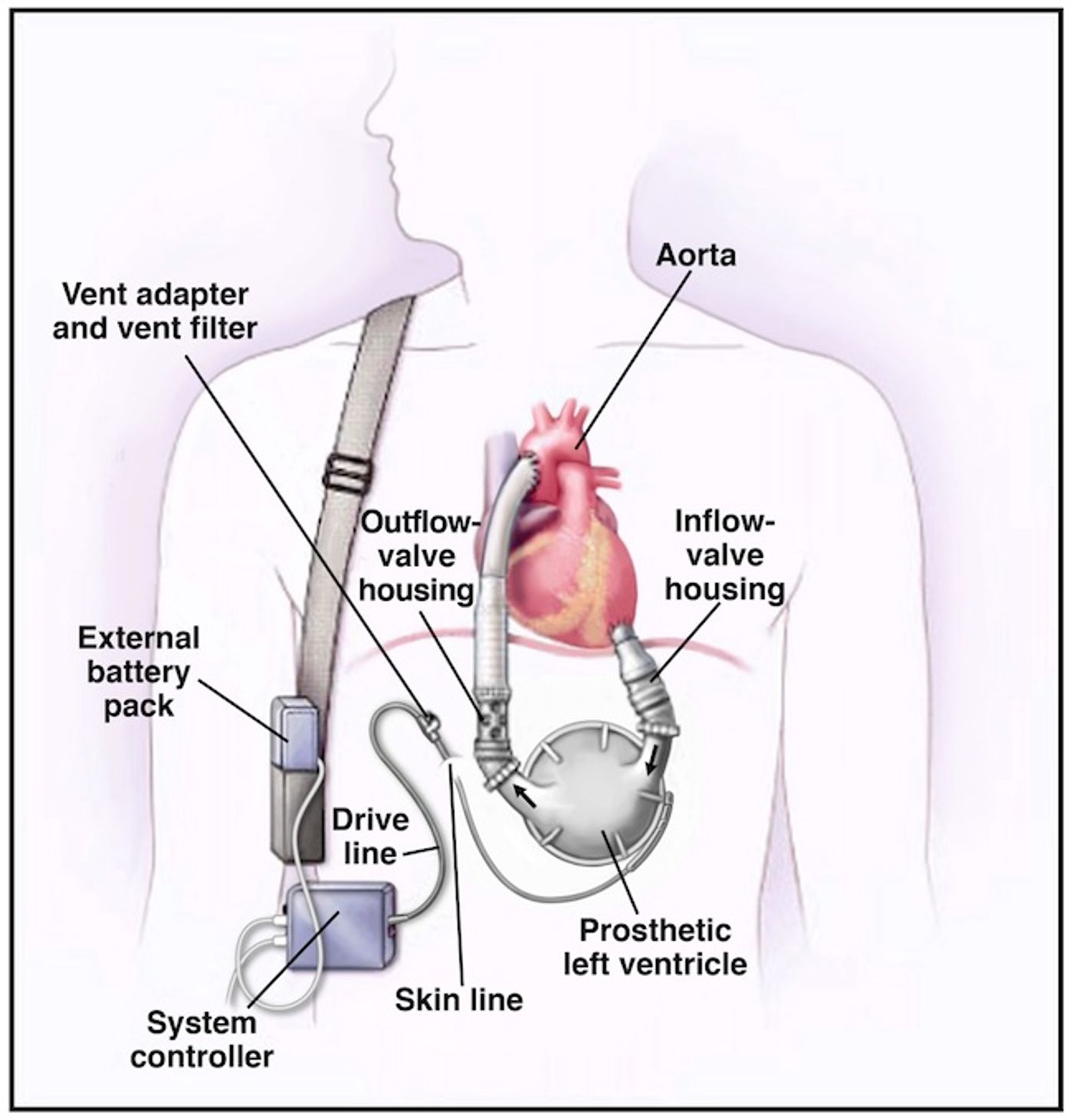For patients with weak hearts that need help pumping blood, an alternative to a heart transplant is an implant of a mechanical pump, called a left ventricular assist device (LVAD). These devices help the heart move blood from the chambers to the body tissues, supporting heart function and blood flow (
National Heart, Lung, and Blood Institute). However, these machines are just as prone to error as an actual human heart, and 2011 saw a rise in LVAD malfunction that resulted in dangerous blood clots.
More LVADs than actual human hearts are currently received by patients with heart failure. Blockages can occur inside the LVAD, called pump thrombosis, potentially inducing a state of "inadequte circulatory support or death" (
American Association for Thoracic Surgery). A recent study published in
The Journal of Heart and Lung Transplantation (JHLT) looked at whether the number of pump thrombosis cases has decreased since the spike in 2011, and the results were partly inconclusive.
Various theories explaining LVAD pump thrombosis rates are proposed by medical professionals. Two different studies from two different research were presented in the JHLT. From the University of Alabama at Birmingham, results indeed showed a surge of pump thrombosis risk betwen 2011 and 2013 but a decline starting in the first half of 2014. However, an independent study from the Cleveland Clinic did
not show any decline in 2014.
It is still unclear whether the risk of pump thrombosis has decreased at any time since 2011, and doctors are not stopping the search for an explanation behind the pump thrombosis, focusing heavily on potential treatments.
In a study on pump thrombosis treatment, associates from the Mechanical Circulatory Support Research Network observed "anti-clotting and clot-dissolving drugs were unsuccessful in half of the cases," while "pump replacement was uniformaly successful."
While the search continues for an explanation and/or confirmation of whether clot risk is decreasing for LVAD users, the potential risks must be communicated to patients who are being considered for receiving an LVAD.
"Is there a glimmer of hope in reducing risk of pump thrombosis with newer devices?" asked researchers and doctors from Brigham and Women’s Hospital and Harvard Medical School. “Engineering progress along with a better understanding of hemocompatibility will undoubtedly help to reduce the problem of pump thrombosis and will allow the expansion of mechanical circulatory support into broader groups of patients. Until then we must redouble our efforts to ensure that today's patients live longer and better with approved pump technology even as we look with hope to the future."
Watch the following video to see an animation showing how the LVAD works.
Source:
Medical News Today









